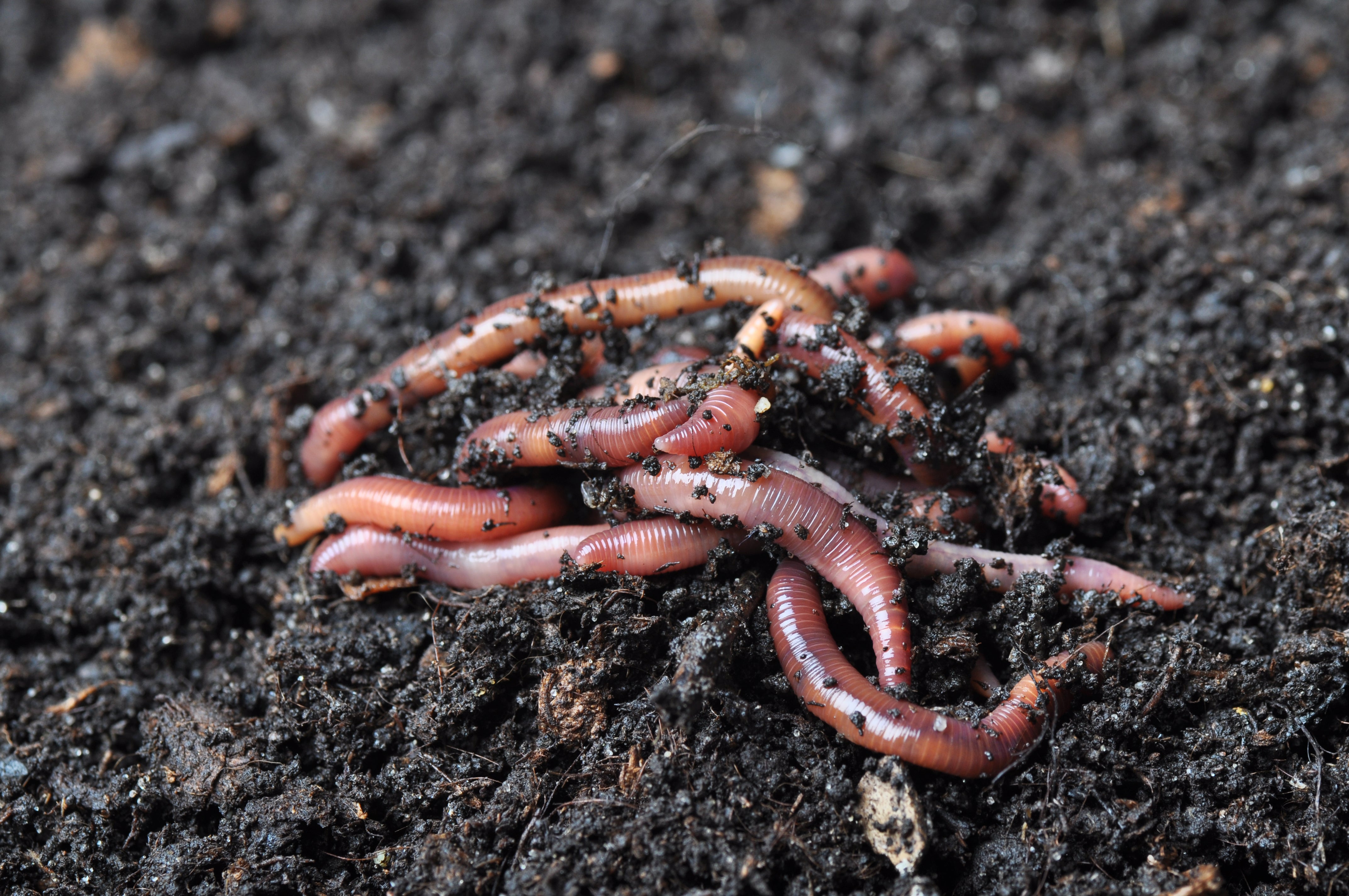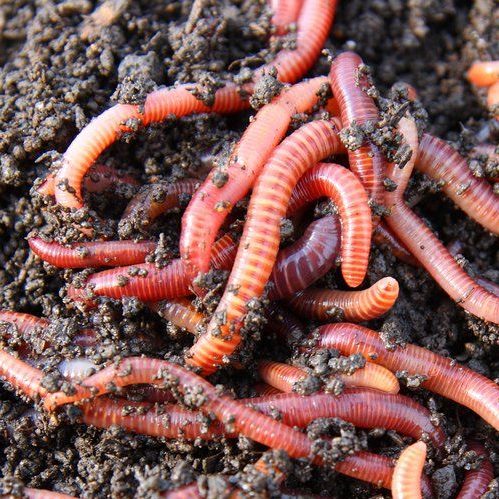Take Care of Your Lawn with the Best Products from Lake Hickory Bait
Take Care of Your Lawn with the Best Products from Lake Hickory Bait
Blog Article
Exactly How Red Wigglers Can Transform Your Composting Experience
The assimilation of red wigglers right into composting techniques offers a transformative method to waste monitoring and soil enrichment. Comprehending the particular needs and advantages linked with keeping a prospering worm population is vital for optimizing their possibility.
Advantages of Red Wigglers
Red wigglers, clinically called Eisenia fetida, are a keystone of efficient composting systems because of their impressive ability to decompose raw material efficiently. These worms succeed in changing kitchen area scraps, yard waste, and other natural materials into nutrient-rich compost, commonly referred to as worm castings. Lake Hickory Bait. This process not just minimizes land fill waste but likewise contributes to sustainable gardening techniques
Among the main benefits of red wigglers is their high recreation rate, allowing them to occupy a composting setting rapidly. This fast reproduction improves decomposition rates, causing faster compost manufacturing. Additionally, red wigglers prosper in a diverse variety of problems, making them adaptable to different composting configurations.

Establishing Your Worm Bin
(Charlotte NC Worms For Sale)To create an effective worm bin for composting, careful interest should be provided to its layout and atmosphere. A perfect worm bin ought to be constructed of materials that are sturdy yet permit needed air movement, such as plastic or timber. The size of the container can vary, but a volume of approximately 1 square foot per extra pound of worms is a great beginning factor.
Make sure that the container has water drainage openings to stop water buildup, which can result in anaerobic problems harmful to the worms. Furthermore, incorporating air flow openings will help maintain appropriate moisture levels and oxygen circulation.
Following, it is necessary to supply bed linens for the worms, which can include shredded newspaper, cardboard, or coconut coir. This bedding not just uses an environment for the worms but additionally help in dampness retention.
Position the worm bin in an area that keeps a temperature level variety of 55-77 ° F(13-25 ° C) to enhance worm task. Prevent positioning the bin in direct sunlight or extreme temperatures. By following these guidelines, you can create a conducive environment for red wigglers, boosting the performance of your composting procedure.
What to Feed Your Worms

(Red Wiggler Express)Red wigglers particularly enjoy soft, moist foods like watermelon peels, cucumber peels, and banana peels. It is critical to avoid feeding them citrus fruits, onions, and garlic, as these can be detrimental to their health. Additionally, cooked foods, milk items, and meat should be purely prevented, as they can lead to smells and draw in insects.
To preserve optimum conditions, it's suggested to cut larger scraps right into smaller sized items, facilitating quicker decay. Begin by presenting small amounts of food and keep an eye on the worms' intake price; adjust as necessary to stop overfeeding, which can create a harmful atmosphere. Finally, supplying a consistent feeding timetable will aid keep your worm populace flourishing while enhancing the general efficiency of your composting initiatives. By comprehending what to feed your worms, you lay the groundwork for an effective and sustainable composting experience.
Keeping a Healthy Habitat
Producing a flourishing composting setting for red wigglers requires focus to their habitat, as it straight affects their wellness and efficiency. The ideal habitat must keep a well balanced moisture level, normally in between 60-70%. Too much moisture can lead to anaerobic conditions, while inadequate dampness may dehydrate the worms.

The bed linens product in the garden compost ought to vary and shredded, incorporating products like cardboard, paper, and coconut coir. This not just gives a comfy atmosphere but also functions as a food resource. Lake Hickory Bait. Consistently examining for odors or signs of parasites can aid recognize possible concerns prior to they rise
Finally, maintaining a balanced pH level, preferably in between 6 and 7, makes sure a favorable habitat for red wigglers, fostering their capacity to process raw material properly. By attending to these aspects, you can create a you could look here lasting and effective composting environment.
Harvesting and Utilizing Compost
Harvesting compost from a worm bin is a fulfilling process that transforms natural waste right into nutrient-rich material for gardens and plants. This can be done utilizing approaches such as the "light" method, where worms are drawn in to light and can be scooped away from the leading layers, or by relocating the garden compost to one side of the bin and including fresh bedding to the other side, motivating the worms to move.
Once the worms are eliminated, the continuing to be garden compost can be filtered to eliminate any larger particles or undecomposed material. This abundant garden compost can be used straight to yard beds, combined into potting dirt, or made use of as a top dressing for potted plants.
Conclusion
Incorporating red wigglers right into composting practices significantly improves the decomposition procedure and contributes to the production of nutrient-rich vermicompost. The resulting worm castings boost dirt structure, fertility, and microbial activity, inevitably advertising much healthier plant development.
Report this page